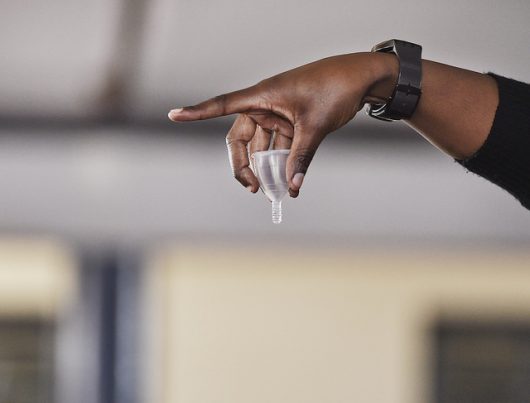Five Facts About Period Poverty


- A year’s supply of sanitary products in the United States costs more than $70. In the U.K., there is a five percent tax on period products – in total, sanitary products cost over 5,000 pounds in a lifetime.
- Lack of affordability and information have led many young women to use only one tampon per day or one pad for multiple days. When proper products are not available or affordable, women are often forced to use alternatives such as socks, dishrags and newspapers during their cycles.
- Lack of menstrual hygiene can lead to very serious health risks such as Toxic Shock Syndrome, a life-threatening illness. In Bangladesh, India and many other countries, infections and cervical cancer are also results of poor hygiene.
- Many girls from low-income families around the world are skipping school because they cannot afford tampons or pads. Missing school during menstrual cycles has been a well-known pattern in developing countries, like Kenya, for years. Now, the reality is setting in that this is a trend for low-income girls everywhere, including the Western world.
- The stigma surrounding periods has been shown to directly affect a girl’s potential to succeed. If a girl misses school every time she has her period, she is set 145 days behind her fellow male students. Even then, most girls in the developing world choose to drop out of school altogether rather than face the embarrassment and shame of being unprepared for their periods.
Unfortunately, many people fail to recognize the effects that period poverty have on young women and girls. In times of uncertainty, sanitary needs come secondary, or even tertiary, to finding food and shelter. While this is understandable, a few organizations such as Freedom4Girls and Bloody Good Period, and many others, are fighting back against period poverty.
One of the biggest defenses against period poverty is to start a conversation and stop the stigma.
– Madeline Boeding
Photo: Flickr
